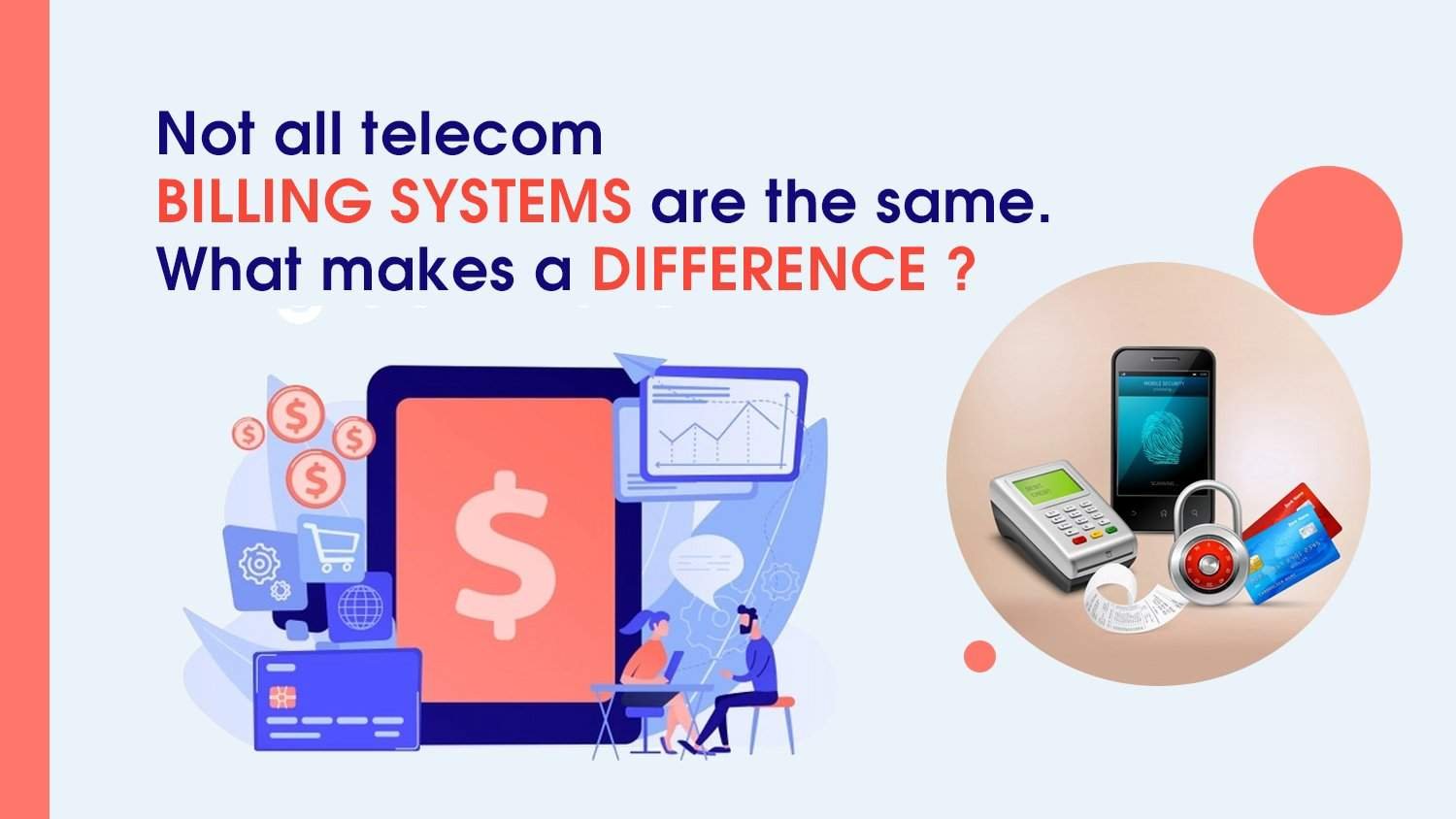
Not all telecom billing systems are the same. What makes a difference?
Every telecom business needs a robust system that accurately tracks usage and bills invoices automatically. Using a simple invoice management tool simply won’t cut it since it may not be suitable to track usage or handle a large number of customers.
Here’s how telecom billing software can help your telecom company:
Precise Billing
Inaccurate billing can jeopardize the relationship between you and your customers. These mistakes can hurt your brand image and the customer experience. Billing errors will ultimately lead to losing your faithful subscribers to your competitors.
Many telecom service providers have complex services such as charging by the minute, time of day, types of usages, etc. This means a one-size-fits-all invoice cannot work. Any telecom billing system features accurate tracking based on usage, time, managing discounts, and service types so that your customers receive accurate billing. Furthermore, the invoice will provide detailed billing data on telecom usage, which allows the user to make more informed decisions in the future. Subscribers are able to access the detailed report through an online portal, so they can reduce telecom expenses or optimize them to their needs.
Integration With Other Tools
Many telecommunication businesses use software tools such as an ERP or CRM, which aims to improve efficiency and track performance. Working with many separate platforms can lead to disorganization and chaos. Telecom billing companies usually offer integration with other tools so that the information captured from one software can seamlessly transfer to another. For example, CRM software organizes customer data. The telecom billing system will be able to upload the invoices to the CRM software so that you can filter out which customers have paid and which haven’t.
Offer Multiple Billing Methods
Telecom billing systems are more than invoice software. Depending on the services you offer and your customer’s needs, your business may require unique billing methods. Most high-quality telecom billing systems vendors offer a variety of billing methods:
- Prepayment: Services are paid for in advance.
- Post-payment: Payment is billed after service is rendered.
- Convergent billing: An accumulation of service chargers that an operator used in a single invoice. Customers can have greater insight into the services they’ve used in one coherent invoice.
- Roaming: When a customer goes out of a specified range and utilizes services from another service provider, there may be extra charges; thus, roaming is billed separately.
Automatic Billing System
As a business, you don’t want to spend time creating each invoice manually. Invoices should be able to accurately track, bill, and collect without any human intervention. The system may even be able to reject certain subscribers based on disqualifiers that your business may deem unfit. From the customer’s perspective, they will be able to easily customize and manage their plans online without having to call customer service, which can place more burden on your team.
Managing a large customer base can be challenging for telecom providers. However, a telecom billing system will keep your business organized and prevent potential billing errors.
Contact us today to get a consultation!
Send us a message to get answers to any of your questions & we'll get back to you within 24-48 hours or as soon as possible.
